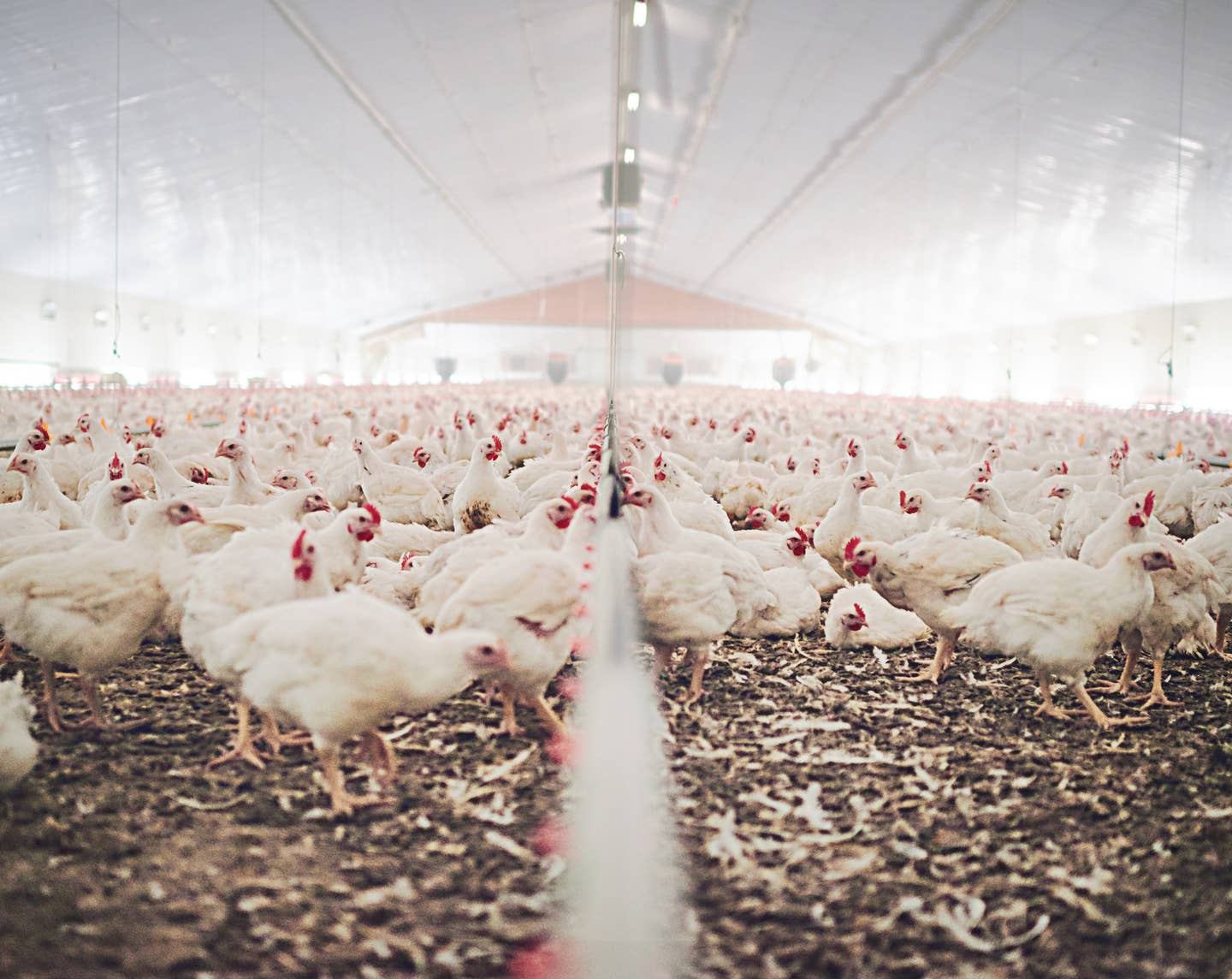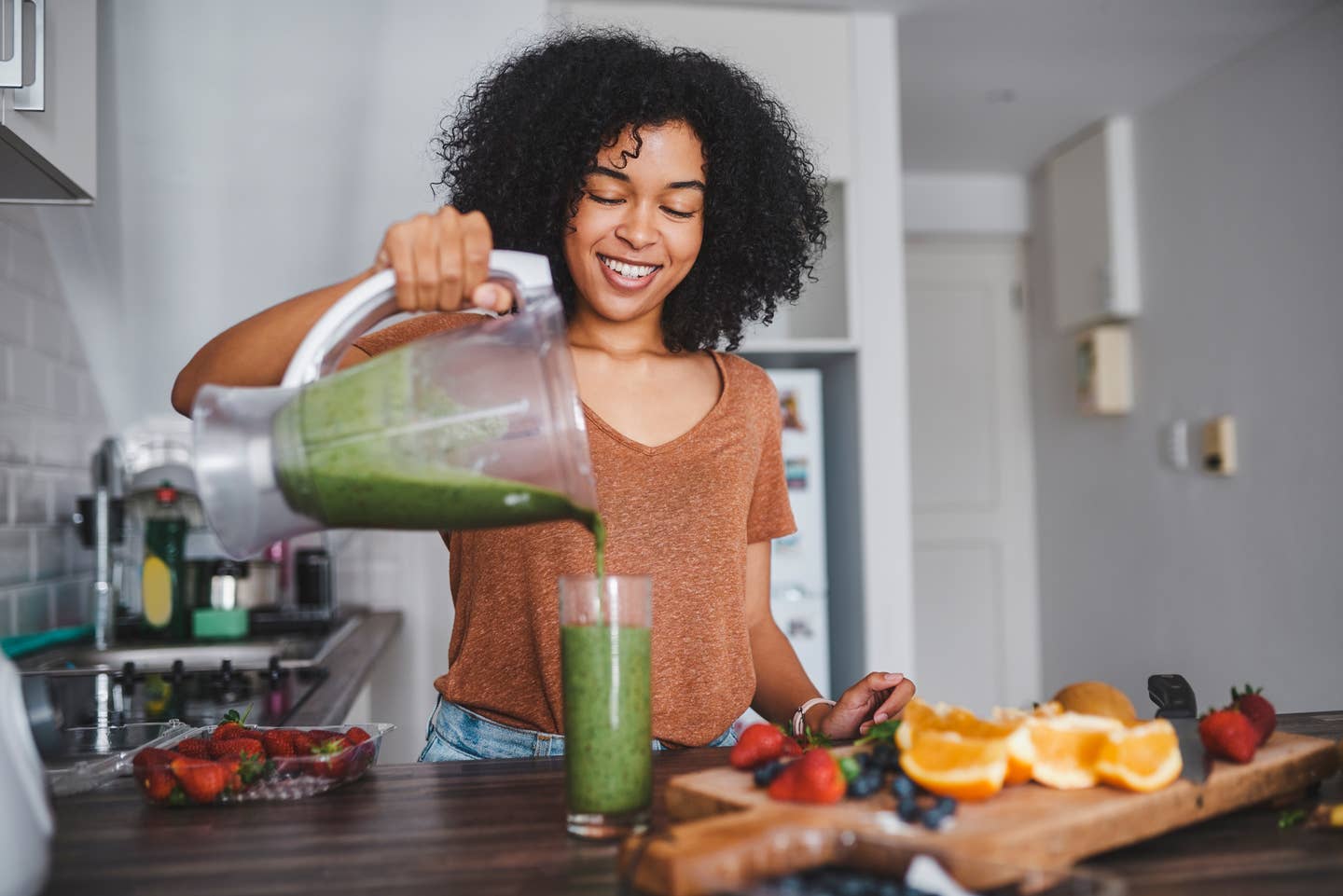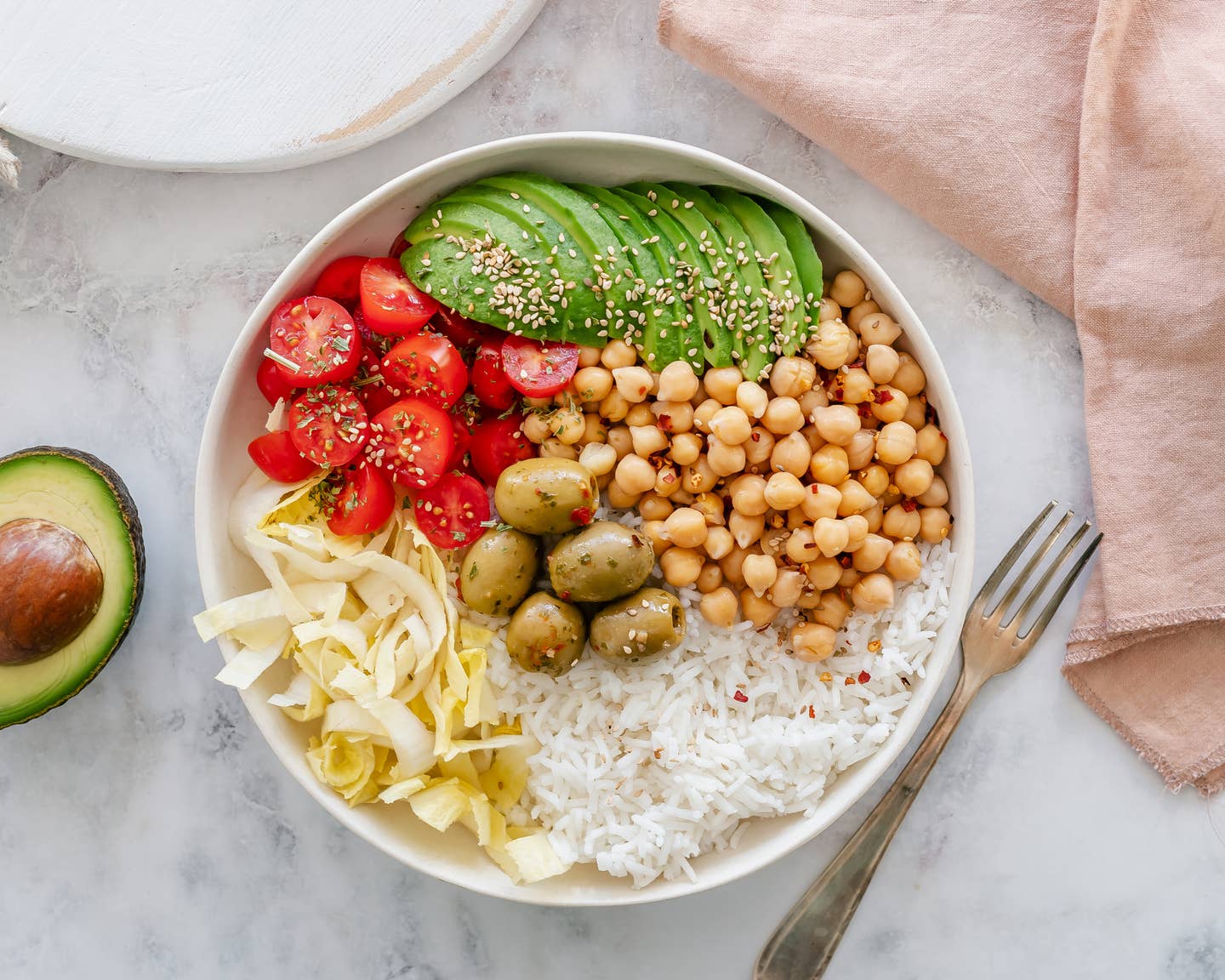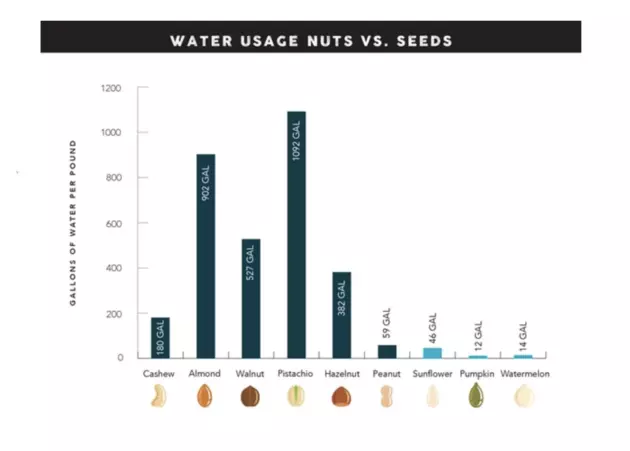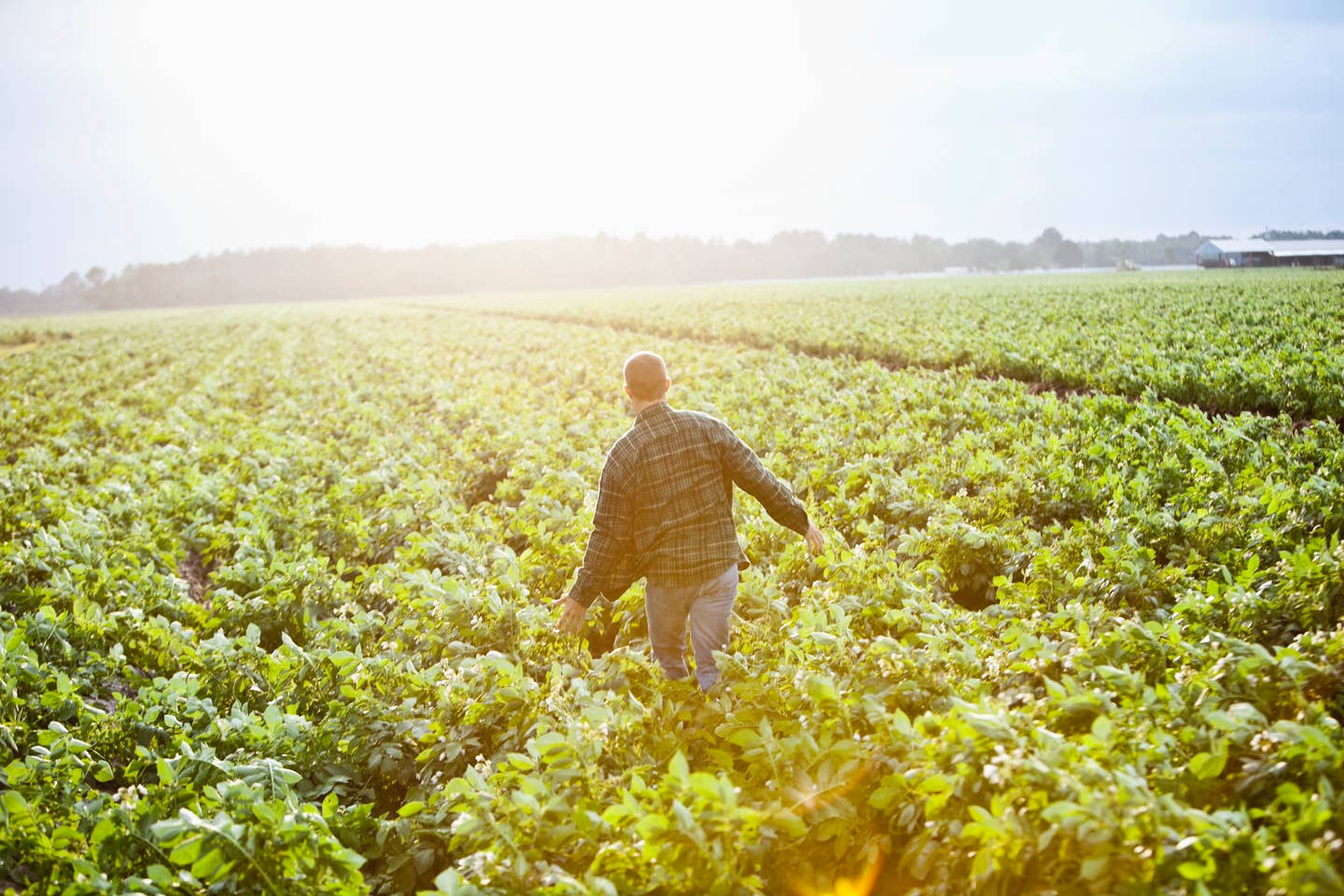
5 Easy Food Swaps for the Environment and Your Health
“Avoiding meat and dairy products is the single biggest way to reduce your environmental impact on the planet, according to the scientists behind the most comprehensive analysis to date of the damage farming does to the planet.”
This was the lead in an article in The Guardian, which goes on to point out that the raising of livestock and the production of meat and dairy provides us (globally) with just 18 percent of the world's calories, but uses up 83 percent of the Earth's farmland and accounts for a whopping 60 percent of agriculture's emission of greenhouse gases.
This research found that without meat and dairy consumption, global farmland use could be reduced by more than 75 percent–an area equivalent to the US, China, European Union, and Australia combined–and still feed the world. Loss of wild areas due to agriculture is the leading cause of the current mass extinction of wildlife. Remember the Amazon fires? Those were manmade, to clear forestation for the raising of cattle and livestock. Not good.
Chances are you already know all this, and you are working to reduce your intake of animal products or make swaps like plant-based milk that help your health and the planet. In that case, good for you.
We have you covered with a better-for-the-environment guide to simple food swaps that are better for the planet and good for you too.
What Foods to Eat That Are Better for Our Health and the Planet:
Before we dive into the foods themselves, it’s worth a note about where our food comes from and how far it has traveled to reach us. It’s worth a friendly reminder that buying food from farmers' markets—or even growing yourself if you have space and the time—is a great way to lessen the environmental burden since the food supply chain (packaging, transporting, etc.) contributes to planetary stress.
You can also identify restaurants that source produce and food items locally and support the farm-to-table movement, which is designed to shorten the food cycle. Many restaurants that source local produce are proud of it and lead with it on their website. So do your research and support those local businesses that also practice sourcing locally.
Now, to the foods. Consider shifting your food consumerism to center around plant-based foods that are a more eco-friendly option. Environmental food impact can be measured in a number of ways, and many variables go into assessing foods’ negative effects. But, some of the main metrics used are based on pounds of carbon dioxide emitted per serving, and the volume of water used to grow the crop.
Swap 1. Give Peas a Chance
Peas are part of the legume family which means, in general, they are cheaper, easier and require fewer resources to grow. Green peas are the pea you would pick up at the store—high in fiber and decent protein for a legume. But another variable is the yellow pea, the power ingredient behind foods like pea milk, pea-based proteins (mock chicken, the Beyond Burger, etc.) and pea protein powders to name a few.
Peas have a low environmental impact for a number of reasons including their ability to enrich the soil, rather than deplete it, resulting in lower CO2 emission. Also, roots of the pea plant stay more superficial on the soil, thereby needing less water than other crops; studies show that peas use one-tenth of the water of many other protein sources.
Easy swaps:
Try pea-based milk rather than water-intensive almond milk (or dairy milk). Opt for pea-protein mock meat such as Beyond, or a pea protein powder, rather than whey (a dairy-based protein) or soy.
Pea product ideas:
- Organic frozen peas (great to simply make as a side, add to soup, etc.)
- Ripple Foods, Ripple Chocolate (plant-based pea milk)
- CLIF, Whole Lotta Bar (which is made with pea protein)
- The Meatless Farm Co., Meat Free Burger (pea protein patties)
- Longeve, Plant-Based Crumbs (made from 100% pea-protein)
Swap 2. Lentils, the Power Legume
Another legume that packs protein, fiber, and other nutrients happen to be one of our favorite soup ingredient: Lentils. Lentils improve soil fertility and reduce dependence on energy-intensive fertilizers. They clean and fortify soil, paving an easier road to growing other crops; lentils are also a low-water usage food. The Pacific Northwest is a growing hotspot for pea crops, lentil, and chickpea farming, with more US-grown legume crop staying in the States to meet the growing demand for plant-based foods; so there is a good chance your lentils are locally grown rather than imported.
Easy swaps:
Rather than a store-bought soy-based patty, try a homemade lentil-based veggie patty. Whip up a meatless lentil loaf. Instead of a standard, flour pasta try a lentil-based alternative.
Lentil product ideas:
- Organic, lentils (from the bulk section of your local market)
- Trader Joe’s, Fresh Cooked Lentils (in the fresh foods section)
- Ancient Harvest, Red Lentil Rotini (plant-based protein pasta)
- Amy’s, Lentil Soup (low sodium)
- Enjoy Life, Lentil Chips, Dill & Sour Cream
Swap 3. The Mighty Oat
Many people don’t look at oats as anything more than a quick, healthy breakfast option. But this domesticated cereal grass is quite a versatile low-input crop. Growing oats promotes crop diversity, and works to reduce soil erosion and control plant diseases, insect blight and weeds.
According to a Science Direct study, oats emit 50 percent less carbon by weight than quinoa, and less than a quarter as much as rice. Companies are now farming crops to maximize environmental benefits.
As for choosing non-dairy milk, the science points to oats, if you take into account water requirements (almonds need copious amounts of water to grow).
Nature’s Path is making its latest oats with specific methods that capture more carbon in the soil than typical industrial methods–which means less heat being trapped in the atmosphere. One other great aspect of oats is they are cheap, so eating healthy and enviro-friendly on a budget just got a lot easier.
Easy swaps:
Instead of going for boxed cereal, go for a bowl of quick oats (and add fresh fruit or swirl in some peanut butter). Try swapping your veggie and rice or veggie and quinoa dish with an oat and veggie dish; there are plenty of savory oat-based recipes out there.
Oat product ideas:
- Organic oats, in the bulk section at your market
- Nature’s Path’s, Regenerative Organic Certified Oatmeal
- MadeGood, Soft Baked Mini Cookies (made with an oat flour blend)
- GoMacro, Oatmeal Chocolate Chip MacroBar (with pea protein and sunflower-seed butter)
- Endangered Species Chocolate, Oat Milk and Dark Chocolate
Swap 4. Peanuts, Get Your Peanuts!
Let’s start by noting that when it comes to nuts vs. seeds, seeds win in terms of low environmental impact. (See the handy chart below.) But with nuts being such a prevalent item whether it be in nut butter, or for a whole food snack, they’re worth a mention here. Peanuts use significantly less water than other nuts. They also are a lot cheaper than cashews and almonds!
Easy swaps:
Try a trail mix that has peanuts (and perhaps some dark chocolate and seeds). Opt for peanut butter, over almond or cashew butter.
Peanut product ideas:
- Organic, whole peanuts from your grocery store bulk section
- JOJO’s Peanut Butter Delight Bars
- Spread the Love, Naked Crunch Organic Peanut Butter
- PB2, Powdered Peanut Butter (for a low-cal option)
- Justin’s, Mini Dark Chocolate Peanut Butter Cups
For a cool chart to understand what nuts "cost" in terms of water, check this out:
Pistachios are the worst offender when it comes to water, (1,092 gallons of water for 1 pound), then almonds (902 gallons per pound) and then walnuts (527 gallons per pound).
Seeds, in contrast, are frugal water consumers: Pumpkins are 12 gallons of water per pound, watermelon seeds use 14 gallons per pound and sunflowers need 46 gallons per pound. In terms of health, flax seeds and hemp seeds are healthiest for you:
One ounce of flax seeds provides 5.2 grams of protein and 7.8 grams of fiber in one ounce and is water efficient. Hemp seeds deliver 8.8 grams of protein and 1.1 grams of fiber per ounce and require only natural rainfall water to grow.
Swap 5. JUST Eggs for Real Eggs, and Plant-Based Butter for the Real Thing
We learned recently that it takes 53 gallons of water to make just one egg. And it takes three times as much methane and greenhouse gas to create regular butter as the plant-based variety.
When The Beet tried JUST eggs, we were convinced that this mung-bean based product made a decent scramble, a legit omelet, and fantastic French Toast. Now their foldable heat-it-and-go JUST eggs that are perfect for the busy morning person are going to be even more popular since they make pulling together an "egg" sandwich a 2-minute task. JUST tells us they have sold the equivalent of 30 million eggs—all made entirely from plants--as of March. JUST Egg uses 98% less water, has a 93% smaller carbon footprint and uses 86% less land than hen's eggs. It is one of the most sustainable protein sources on the planet.
As for plant-based butter, Earth Balance is a satisfying spread, and Myoko's makes a block of butter that melts like the old-fashioned kind, straight from the farm. For the complete guide to the best plant-based butter, check The Beet Meter recommendation platform, and enter your votes.
Meanwhile, we are reminded to think about where our food comes from and find the one that is local, fresh, and better for the planet, your health, and generations to come.
More From The Beet



